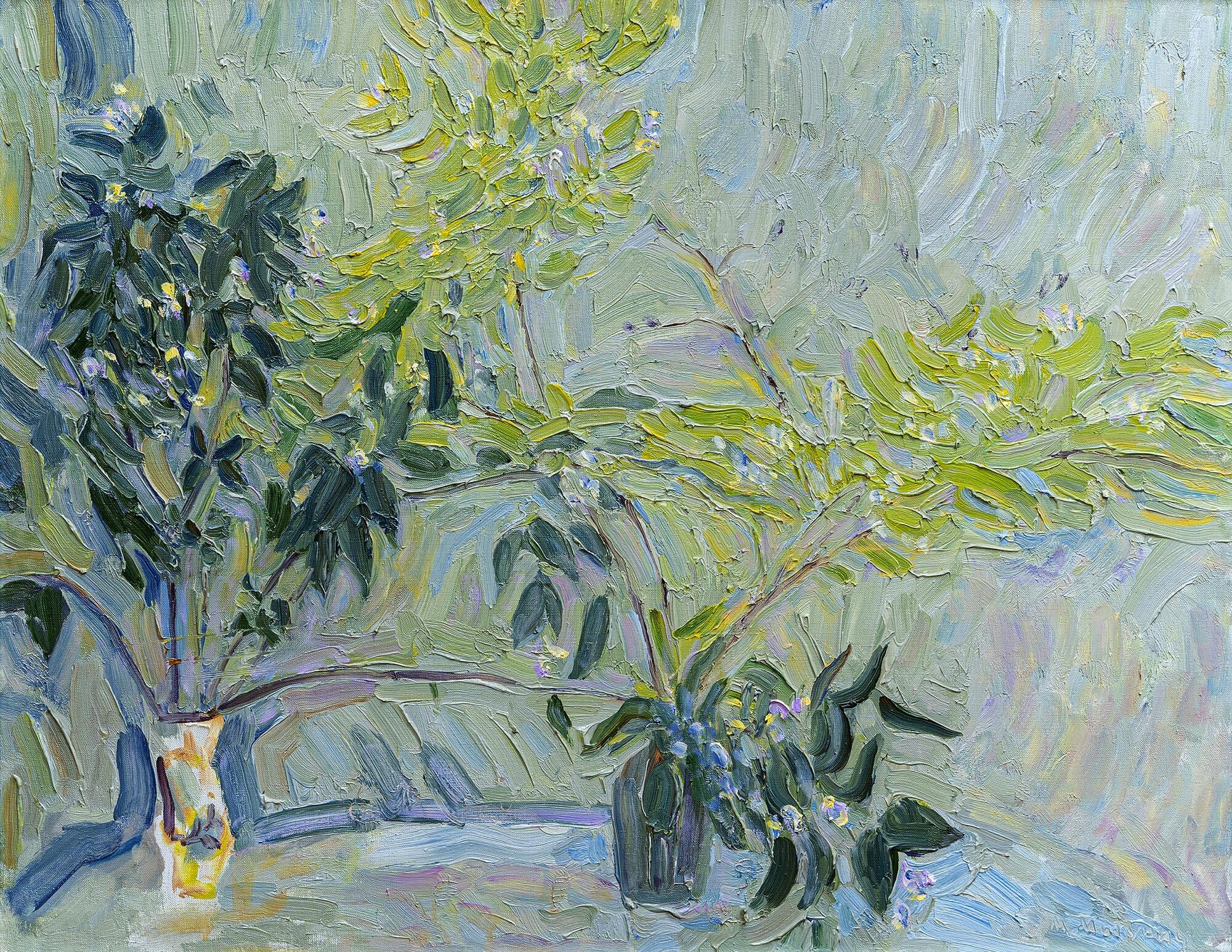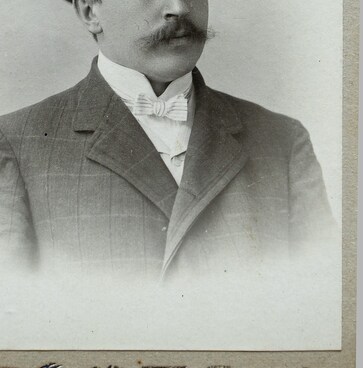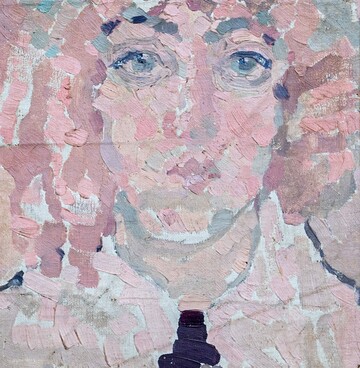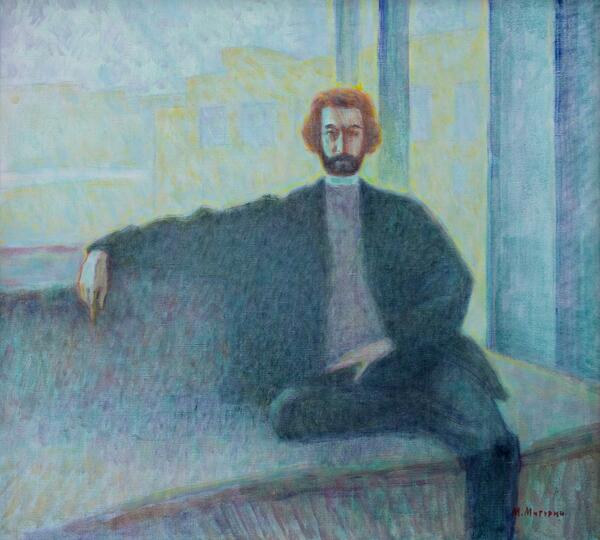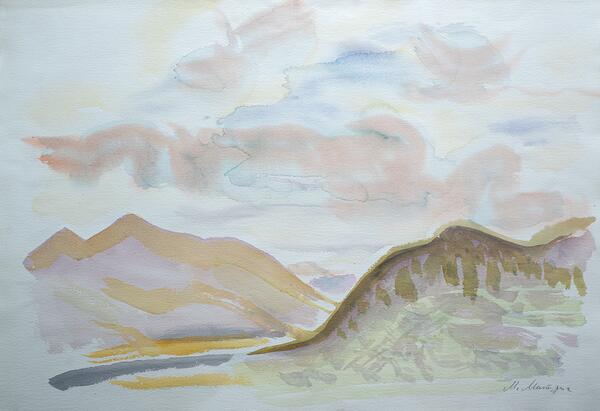May Petrovich Miturich-Khlebnikov (1925–2008) was born into a family of artists and grew up in an artistic environment. He recalled that as a child he had no idea that there were other professions in the world.
His career choice was obvious, but after finishing high school, May did not enter a university, instead volunteering for the front. He worked on the “Road of Life”, providing aid to residents of besieged Leningrad. When the Red Army front brigade of artists was formed in 1943, he joined it and reached Berlin as its member.
Miturich-Khlebnikov’s military service lasted until 1948, but a year before it ended, May Petrovich became a part-time student at the Moscow Polygraphic Institute. Six years later, he received a diploma of “book designer”; he created both graphic works and paintings.
The artist traveled a lot, saw Central Asia, Tuva, Kamchatka, Altai, the Kuril and Commander Islands, and worked a lot en plein air. Nature always served as a source of inspiration for him; he depicted real people he met as characters in his illustrations for fairy-tales.
The son of Pyotr Vasilyevich Miturich and Vera Vladimirovna Khlebnikova, who also knew a lot about his uncle, the poet Velimir, May Miturich-Khlebnikov absorbed a special artistic nature, full of almost tangible light and air. The art critic Kaleria Chernysheva believed that his style of painting affirms his genuine artistic talent.
Miturich-Khlebnikov was called a “Japanese” Russian artist due to his manner of painting. He himself spent about a year and a half in the Land of the Rising Sun, creating watercolor landscapes and many illustrations, including some for Japanese fairy tales. The artist recognized that the similarity between his and traditional Japanese painting was only external and his canvases were also valuable for the Japanese themselves as examples of European art.
His interest in eastern motifs can also explain his appeal to the image of jasmine. Legend has it that a young warrior, leaving for battle, confessed his love to the ruler’s daughter, but then died. Unable to bear the separation, the girl also died, and jasmine grew on her grave — the flower of purity, love and fidelity.
The still life “Two Varieties of Jasmine” (1993) is an example of the artist’s mature oil painting. The abundance of green shades emphasizes the monochrome feel of the painting; with the help of large dense and thick brushstrokes, the artist achieves an almost relief image. One of the features of May Petrovich Miturich-Khlebnikov’s style is the use of pure tones and the absence of black color.